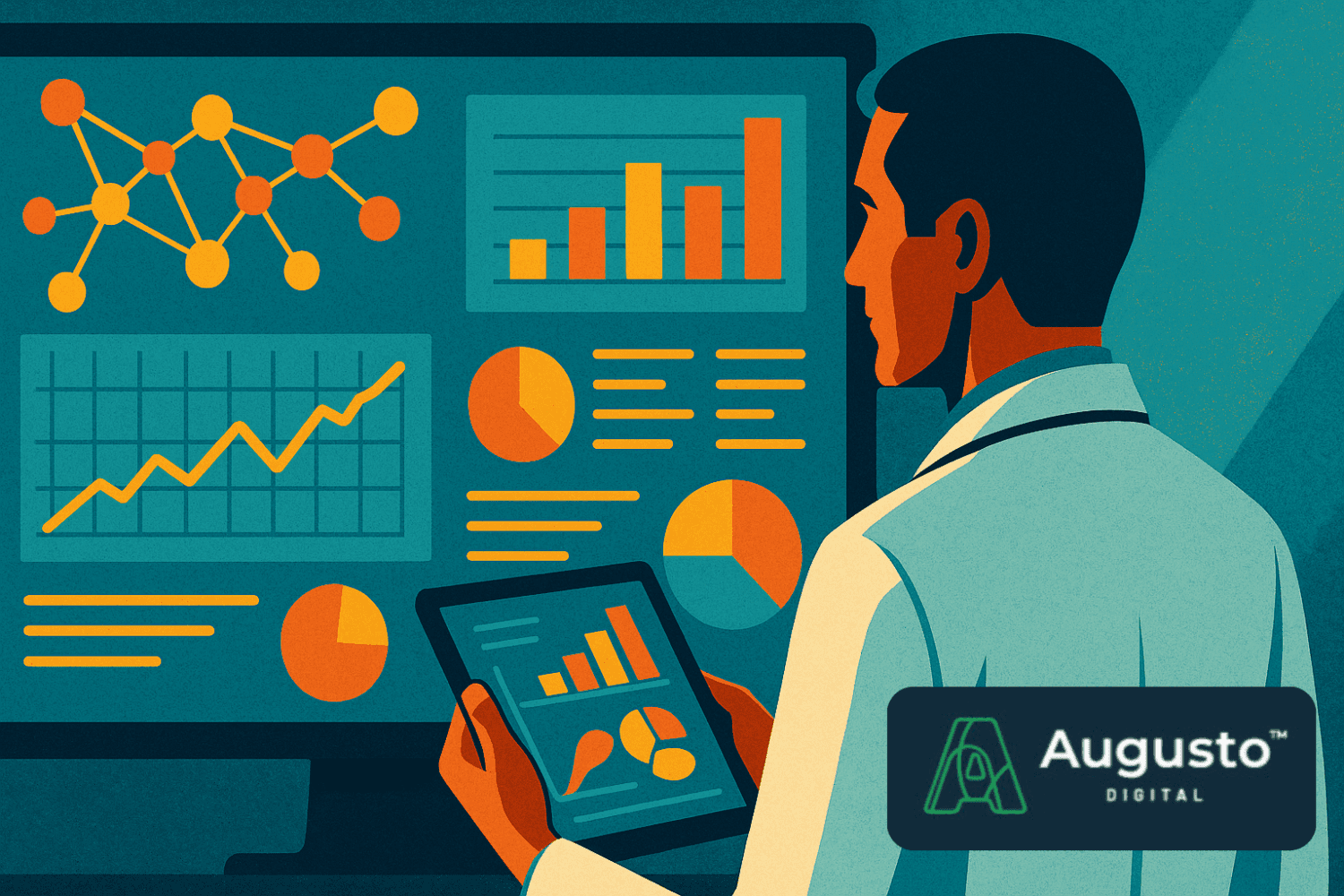Being able to effectively work with health data is key to care coordination, relationship analysis, predictive analysis, and outbreak detection and response. But health data is complex and relational in ways that can be difficult to capture in a traditional SQL database. Physicians, patients, payers, and care facilities interact in complex and varied ways. We often simplify these rich interactions in order to fit them nicely into our limited data models. By using Graph databases, we can keep much of the data’s natural richness and complexity. In this article, we will explore how graph databases can revolutionize the analysis of population health outcomes and unlock valuable insights. Let’s dive in!
Understanding Graph Databases

Graph databases offer a fundamentally different way of storing and analyzing data compared to traditional relational databases. Entities are represented using nodes, and relationships between entities are indicated via connected edges. Nodes and edges both contain labels and additional attributes describing what it is they represent. We can query over these labels and attributes to extract information from the graph.
This richer representation is often a double edged sword: the additional complexity in representation can easily begin to spiral out of control as the database grows, so exactly how the data is structured in the graph database is critical to the speed of the database and directly determines how we construct queries.
In graph databases, queries take the form of “traversals”. A traversal moves from node to node along connected edges. For a simple example, say we wanted to obtain a list of physicians who have treated a patient. If the physician nodes are connected directly to the patient node, the traversal will start at the node of the patient we want to query, and then collect all edges coming out of that patient node that go to a physician node.
Advantages of Graph Databases in Population Health Analysis
Relationship Mapping
Graph databases excel at capturing relationships from data, making them ideal for modeling the interconnected nature of healthcare data. By representing patients, care team members, medical conditions, treatments, and outcomes as nodes, and the relationships between them as edges, we are building up a descriptive model of a population’s health care usage.
Complex Queries
Queries in a graph database are called “traversals”. Traversals describe how to move through the graph from some starting point to an end point. The nodes or edges at the endpoint are the result of the query. As an example, say we want to look at the incidence of diabetes by zip code. We could use a graph traversal to start at the node representing the disease of diabetes, follow edges from that node to the patients who have been treated for diabetes, and then obtain the zip code of each of those patients.
By connecting patient data with their corresponding locations, you can identify hotspots or areas with higher rates of diabetes. This information can guide public health initiatives and resource allocation.
Predictive Analytics
Leveraging the relationships and patterns within a graph database, predictive models can be developed to forecast population health outcomes. Machine learning algorithms can be applied to identify risk factors, predict disease progression, and estimate the effectiveness of different interventions. For example, using a graph database, you can develop a predictive model to identify individuals at high risk of developing diabetes based on factors such as age, family history, socioeconomic status, and comorbidities.
Collaboration and Knowledge Sharing
Graph databases facilitate collaboration and knowledge sharing among healthcare professionals and researchers. Multiple stakeholders can contribute their expertise and insights to a shared graph, leading to a collective understanding of population health outcomes. This collaborative approach fosters interdisciplinary research, accelerates discoveries, and improves healthcare delivery.
Examples of Population Health Queries
Incidence of Diabetes by Geographic Area
By querying a graph database, you can analyze the incidence of diabetes in different geographic areas. This can help identify regions with higher rates of diabetes and focus efforts on preventive measures, targeted interventions, and healthcare resource allocation.
Number of Care Team Members as a Function of Median Income of the Zip Code They Live In
Another example is querying the number of care team members in relation to the median income of the zip code in which individuals reside. Physicians that the patient is actively seeing constitute a patient’s care team. The US government provides a dataset of median income levels per zip code. Combining the information in this dataset with our graph database allows us to generate maps of patients based on median income. Specifically, we can compare median sizes of care team members across different geographic and socioeconomic regions. This query can reveal insights into healthcare utilization patterns and access to care based on socioeconomic factors. It helps identify potential disparities and informs strategies to improve equitable healthcare delivery.
Graph databases offer a powerful and flexible framework for analyzing population health outcomes. By capturing the intricate relationships within healthcare data, complex queries can be performed, predictive models can be developed, and collaborative efforts can be fostered. Examples such as analyzing the incidence of diabetes by geographic area and analyzing the size of care teams based on median income for a geographic area showcase the practical applications of graph databases in population health analysis. By leveraging the strengths of graph databases, healthcare decision-making can be better informed, patient outcomes improved, and disparities in healthcare availability and delivery addressed. Utilizing graph databases is a step towards data-driven healthcare and a healthier future.
Let's work together.
Partner with Augusto to streamline your digital operations, improve scalability, and enhance user experience. Whether you're facing infrastructure challenges or looking to elevate your digital strategy, our team is ready to help.
Schedule a Consult

